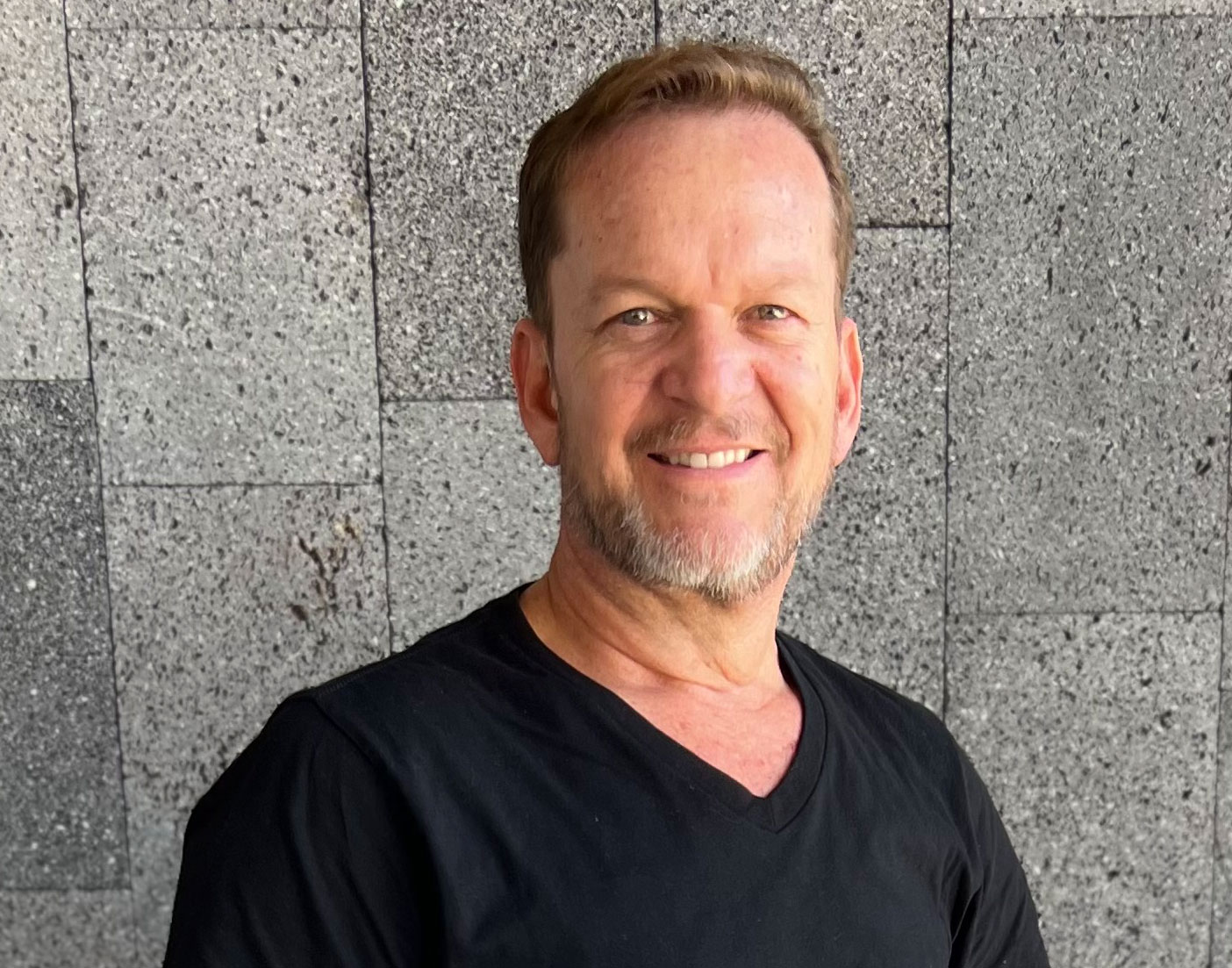Introduction
Costa Rica, known for its stunning biodiversity and breathtaking landscapes, presents unique challenges and opportunities for architectural design.
The country's tropical climate, characterized by high humidity, heavy rainfall, and abundant sunshine, requires thoughtful consideration in the design and construction of quality architectural projects. This essay explores the architectural typology in the tropics, focusing on the principles, materials, and strategies we employ at Alter Arquitectura to create comfortable, sustainable, and aesthetically pleasing living spaces.
Climate-Responsive Design
Our projects in Costa Rica are designed to mitigate the effects of the tropical climate. This involves incorporating features such as large overhangs, shaded balconies, steep pitched roofs and deep eaves to protect against heavy rainfall and intense sunlight. Natural ventilation is crucial, achieved through strategically placed windows, louvered panels, and open floor plans that allow for cross-ventilation.
Integration with Nature
One of the hallmarks of residential architecture in Costa Rica is the seamless integration with the natural environment. Residences are often designed to maximize views of the surrounding landscapes, using large glass windows and open spaces. This not only enhances the aesthetic appeal but also promotes a sense of harmony with nature, improving health and wellbeing.
Sustainable Materials and Techniques
Sustainability is a key consideration in tropical architecture. Local materials such as bamboo, teak, and other hardwoods are commonly used due to their durability and low environmental impact. Additionally, green roofs and living walls help to insulate buildings and reduce heat absorption, although we are conscious of the high maintenance required to keep them stunning. Other sustainability practices may include storing rainwater for irrigation purposes and toilet water usage. Going solar is not a good idea in Costa Rica as our experience has taught us, but we know it is a world trend, please check our blog on this theme. For us, the best sustainable technique is to choose durable, low maintenance materials to create mesmerizing unique projects with a “tico” architectural language.
Architecture is not Fashion
During the last decade or so, we have noticed an increase in a volumetric contemporary style that we consider generic and a bad choice for our country. Architecture should not be imported from latitude to latitude even if the style looks great. In the tropics, we believe architecture must be defined by a big, simple roof/ canopy, with huge overhangs to protect the buildings from extreme rainfall, ashes from volcanoes, and burning sunlight. Otherwise, the chance of big problems will increase in time. Water leaks, high maintenance of the facades and interiors, discoloration and decay of architectural finishes and decoration are some of the many problems that may arise. Please check our Blog on this theme for more of our sustained thoughts on this matter.
Passive Design Strategies
Passive design strategies are essential for projects in the tropics. These include the use of thermal mass to regulate indoor temperatures, wide roof overhangs to provide shade, and reflective materials to reduce heat absorption. Courtyards and atriums are also commonly incorporated to promote natural ventilation and daylighting.
Challenges and Innovations
Resilience to Natural Disasters
Costa Rica is prone to natural disasters such as earthquakes, hurricanes, and heavy rainfall. As such, architectural designs must prioritize resilience and durability. This includes the use of reinforced concrete structures, elevated foundations to prevent flooding, and flexible building materials that can withstand seismic activity.
Technological Integration
Advancements in technology are driving innovation in tropical architecture. Smart home systems, automated shading devices, and advanced HVAC systems are becoming increasingly common in mid to high-level residences. These technologies enhance comfort and energy efficiency, making tropical living more sustainable and enjoyable.
Conclusion
Architecture in the tropics, especially in a diverse and vibrant country like Costa Rica, requires a careful balance of aesthetic beauty, environmental sustainability, and functional resilience. Our projects by Alter Arquitectura in Costa Rica exemplify this balance, incorporating climate-responsive design, sustainable materials, and innovative technologies to create living spaces that are both practical and harmonious with nature. By embracing these principles, architects can continue to develop buildings that not only withstand the challenges of the tropical climate but also enhance the unique lifestyle and natural beauty of our paradise, Costa Rica.



